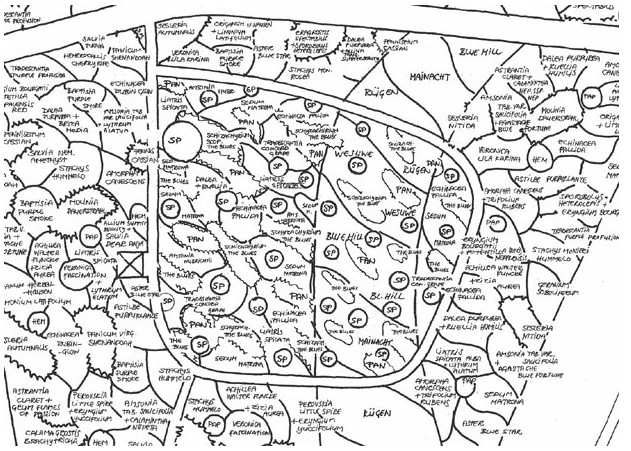

He is businesslike and serious but not without warmth. He wears the tan-and the frown lines-of a man who has spent five decades outside, but it’s still difficult to believe that Oudolf is nearly 80. On a Zoom call from his home studio, he appears in a red flannel shirt over a white T-shirt, a strand of white hair falling down the side of his face.


With it, comes a question: What legacy can be left by an artist whose creations have always prioritized experience over permanence?Īn online search for “Hummelo” will bring up a variety of Stachys that Oudolf has developed, but it’s also a town 75 miles east of Amsterdam, and Oudolf’s home of 40 years. He is a designer contemplating the end of a career. “It evolves constantly, so it’s a constant process of making little changes so that it can evolve in the right way,” he explains. Oudolf is 78 and still working, but he’s wrangling with “winding down.” The first meeting he had with the landscape architects behind the High Line was in 2004, and he’s still involved. His is a language of swaying, fluffy grasses and tactile outcrops of woodland foliage a shift from gaudy, disposable bedding plants to something altogether more natural. Through plants, he conjures strange and beautiful dreamscapes. Perhaps you are one of the eight million people who visit Manhattan’s elevated park, the High Line, every year, or maybe you visited his riotous meadow inside the 2011 Serpentine Pavilion in London or the Oudolf Garten at the Vitra campus in Weil am Rhein, Germany, which opened to the public last year. There’s a good chance you’ve admired an Oudolf garden without realizing it. Piet Oudolf is a Dutch designer who cut through the prim fussiness of traditional Western gardens with an unapologetic determination to make our green spaces seem more alive. Over the past four decades, one man has steadily changed the way our parks and gardens feel.


 0 kommentar(er)
0 kommentar(er)
